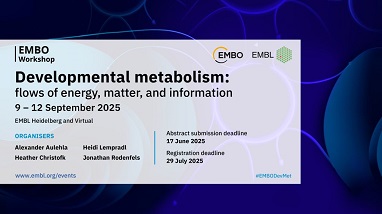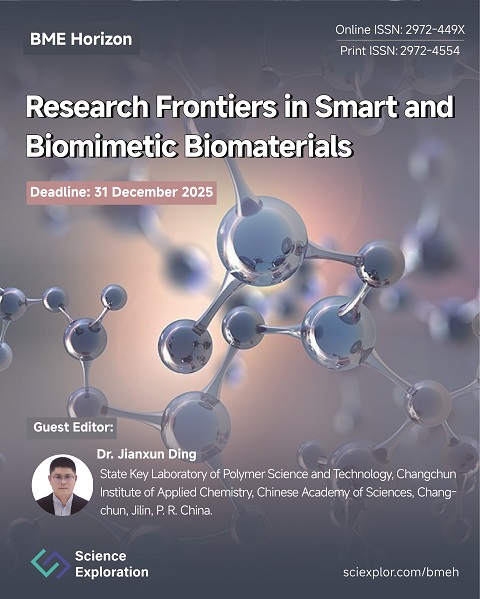The Aging Research for Drug Discovery (ARDD) conference brings together leaders in aging, longevity, and drug discovery to explore the latest advancements in understanding the molecular, cellular, and organismal basis of aging, as well as the search for potential interventions. This year, the conference will feature an exceptional lineup of speakers, including two Nobel Prize winners, and will gather top industry leaders from prominent pharmaceutical companies. The event will continue to spotlight key topics in aging research, with our signature startup pitch session, an Emerging Tech workshop, and a Physics in Aging workshop. Additionally, we will host our stellar Longevity Medicine track, focused specifically on physicians, where cutting-edge clinical interventions for healthy longevity will be presented. ARDD aims to bridge clinical, academic, and industry research to foster collaborations that will lead to practical solutions for one of humanity's most pressing challenges: aging. In line with this mission, the conference will also offer travel grants and short talk opportunities for early-career academic researchers. ARDD remains committed to advancing the knowledge and technologies that can extend the healthy lifespan of people worldwide.


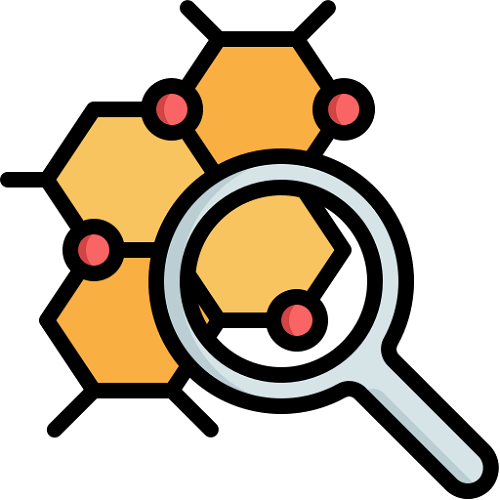




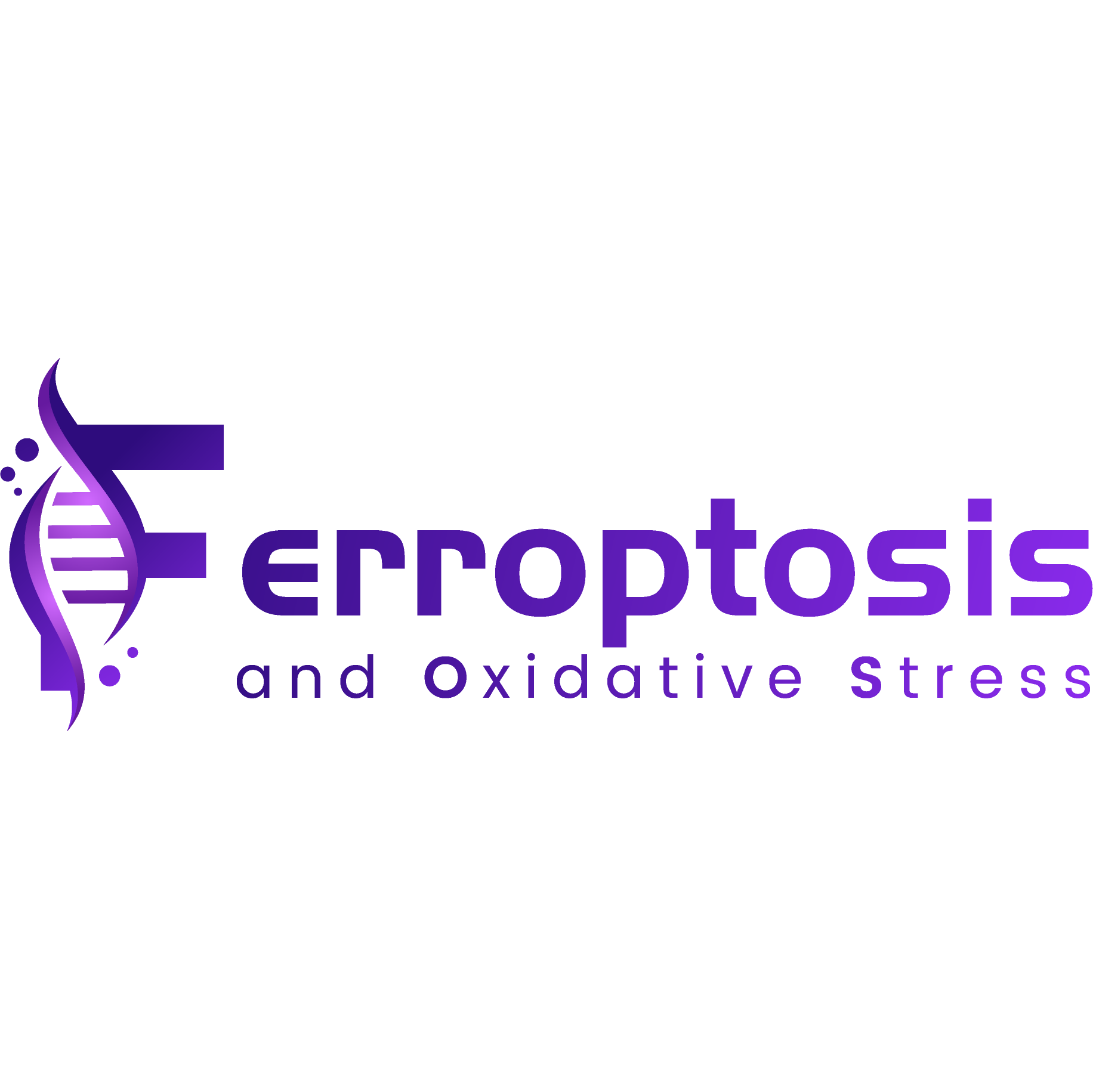
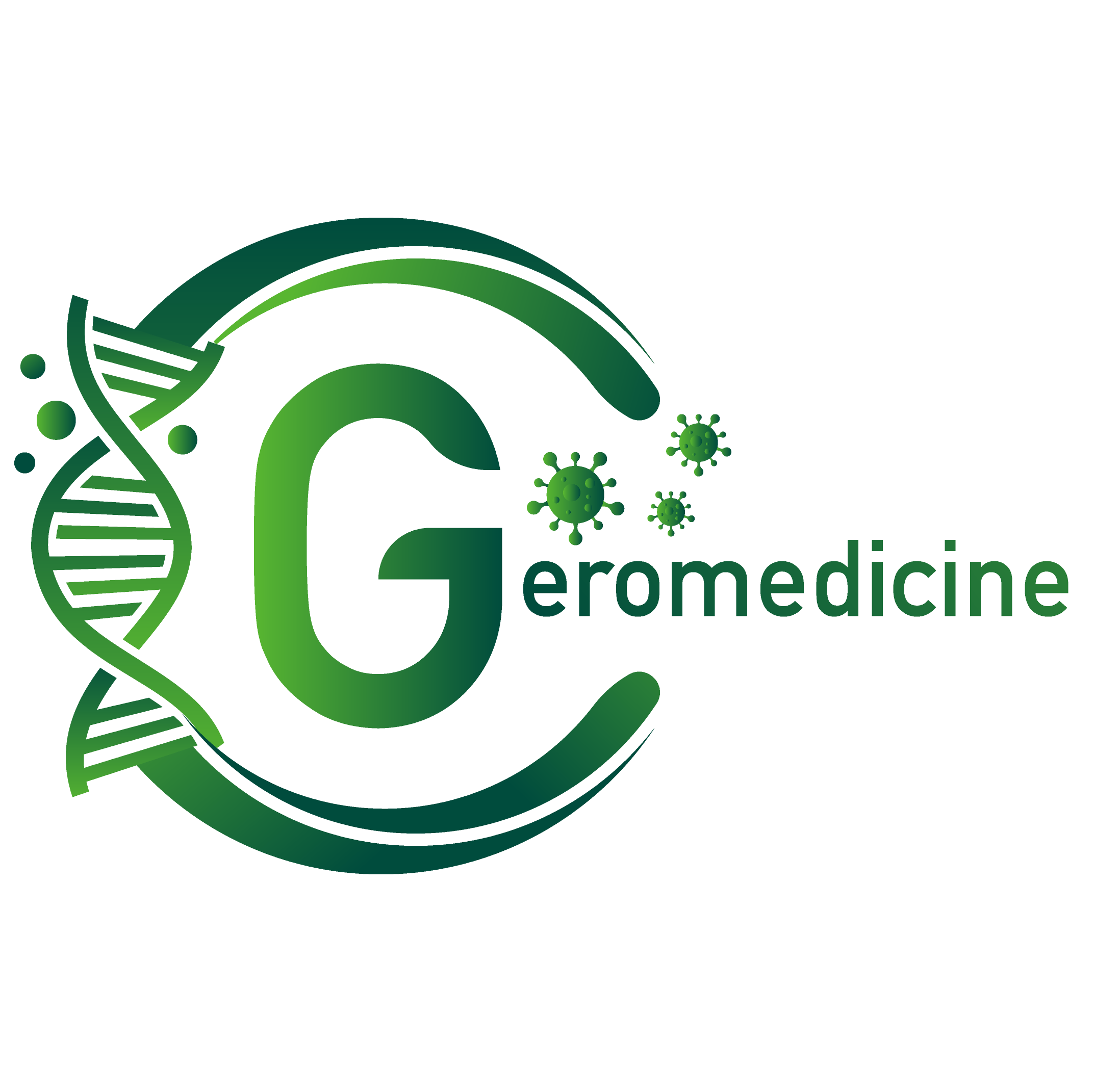


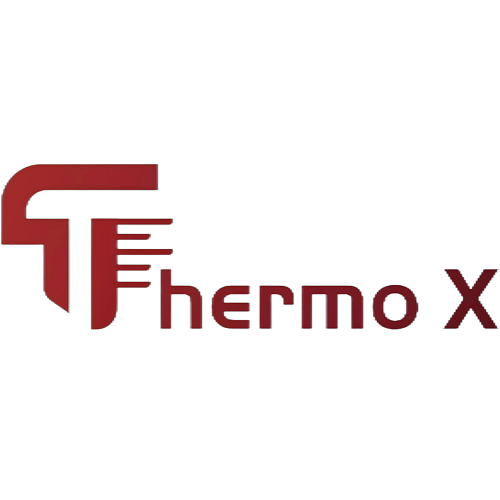
.png)








